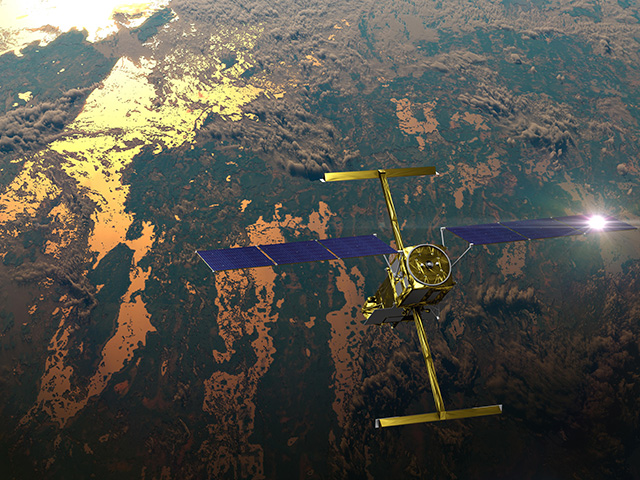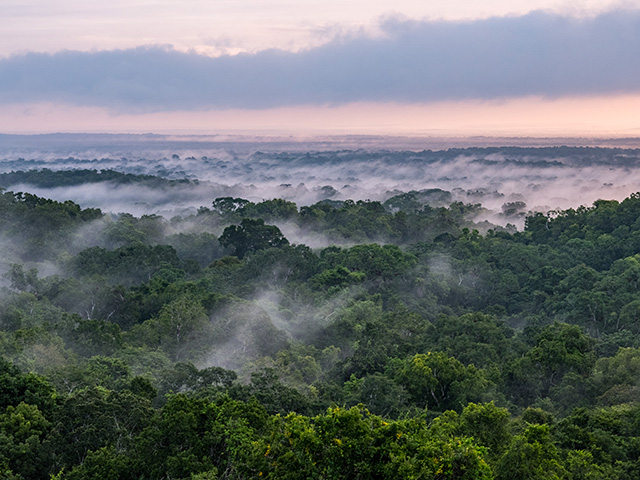News | August 28, 2016
10 interesting things about ecosystems
Coral reefs are beautiful and fragile
Coral reefs are busy underwater ecosystems. Some people call them the "rainforests of the sea." The corals look like rocks but actually are animals. They have hard calcium carbonate skeletons like clams. They form a base for lots of other organisms to live. You'll find crabs, sea stars, worms, clams, sponges, jellies, sea turtles, and lots of fish. Coral reefs are complicated and very fragile. They are easily affected by pollution.
To live in the desert, you have to save water
In the world's many deserts, there is very little rain. The land is very, very dry. Here, living things have creative ways of finding and saving water. Cactuses are very good at storing water. They can live without rain for months. The kangaroo mouse lives in the Nevada desert. It never needs to drink water. It can get all its water from the seeds it eats.
Grasslands are all around
Every continent except Antarctica has grasslands. These are areas with medium rainfall. You'll find many different types of tall grasses, herbs, and flowers all mixed together. From the savannahs of Africa to the prairies of Kansas, grasslands are home to lots of different species that live in the soil, feed on the grass, or eat the animals that eat the grass. In the United States, that could be buffalos and cows. In Africa, it's gazelles, lions, and elephants.
Freshwater ecosystems have rare species
Ponds, lakes, streams, and rivers are home to lots of different species that can't live in salty ocean water. There are freshwater ecosystems all over the world. They are home to some amazing creatures. There are many kinds of frogs, fish, insects, and microscopic organisms like amoebas. And there are rare species like river dolphins in Asia and South America, otters in North America, beavers in North America and Europe, and platypuses in Australia.
In the tundra, life is tough
In the tundra, it feels like winter all the time. Tundra occurs near the north and south poles of our planet. We call them the Arctic and Antarctic tundra. There is also tundra at the top of the world's tallest mountains. It's a hard place to live. There are short but hardy shrubs, mosses, and lichens. In the Arctic tundra, there are polar bears, foxes, and reindeer. In the Antarctic tundra, there are seals and penguins resting on the shores between swims in the ocean.
The bottom of the ocean has thriving communities
At the bottom of the ocean, there are small underwater volcanoes spewing scalding hot water, gases, and chemicals like methane and ammonia. They're called hydrothermal vents. It's a dark place to live, but some animals love it there. Giant tube worms over 6 feet (1.8 meters) long, clams, and shrimp call these vents home. The tube worms have bacteria inside them that make food out of the methane and ammonia from the vents.
Wetlands are home to baby fish
Swamps, marshes, and bogs are types of wetlands. Wetlands can have freshwater, salt water, or a mixture of both. They are home to lots of different aquatic plants and animals. Wetlands can serve as nurseries for lots of animals. Fish, frogs, alligators, and crocodiles lay eggs here. It's a great place for the babies to hatch and grow. They are also home to many different kinds of insects like dragonflies.
Boreal forests are home to lots of trees
Much of North America, Europe, and Asia is in a temperate region, between the Arctic and subtropics. Here, the weather is generally not too hot, not too cold, with distinct seasons. There are many big forests. The trees here are usually pine, spruce, and larch. They are green all year around and have needles instead of leaves. Animals like bears, porcupines, and eagles make homes in these vast forests.
Half the world's species live in tropical rainforests
Tropical rainforests are near the equator where it's almost always warm and wet. These are the key ingredients for making lots of lush plants and trees. Half of the whole world's species live in tropical rainforests. It's a very busy ecosystem with many kinds of plants, animals, fungi, and microscopic organisms. Many of them live here and nowhere else. The plants in tropical rainforests produce 40% of Earth's oxygen.
There are ecosystems even in big cities
Big cities around the world have interesting ecosystems too. There are many animals that share living spaces with people near roads, houses, and buildings. In many cities, raccoons, coyotes, opossums, skunks, foxes, birds, and all sorts of insects are common neighbors. And in some places, people build wildlife crossings. These are special bridges over roads that animals can use. It lets them move between places without getting hurt by cars.





